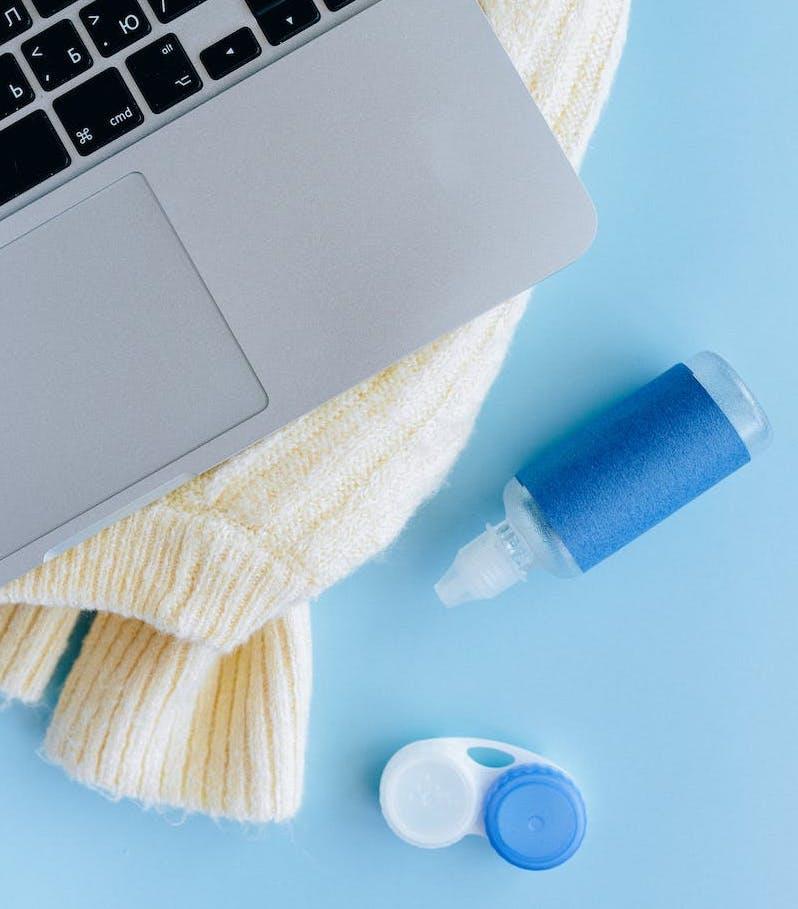
AgeTech Collaborative™ startup participant Quadrant Eye aims to bring high-quality, digital eye exams to clients wherever they are, delivered via scalable technology such as smartphones and laptops. Their goal? To dramatically improve eye care access and outcomes — especially for people facing challenges with mobility or transportation, including people who are 50-plus.
Quadrant Eye’s CEO, Quinn Wang, talked with us and shared her vision for the company, and what inspired her to found it in the first place.
This interview has been edited for clarity and length.
Can you please tell us about yourself and your startup?
My name is Quinn Wang, and I am the co-founder and CEO of Quadrant Eye. We’re a digital health company in the eye care space.
We're working on an end-to-end eye exam that people can take at home, so they can have many of their basic eye care needs taken care of without having to go into an eye doctor’s office. We’re starting with helping people get their glasses more easily; our ultimate goal is to have high-level health screenings that will flag when someone is at higher risk for certain eye diseases that increase in prevalence as we age.
What motivated you to found Quadrant Eye?
My inspiration was twofold. First, when COVID hit, my clinic closed and I didn’t have any way of taking care of my patients. But they still had eye care needs — people were calling me and asking questions. I was really frustrated because there was no way for me to objectively assess their eye health, and I realized what we needed was some sort of digital eye exam that folks could take at home. Since that didn’t exist, I set about building it myself.
Then, what really pushed me over the edge was when I got back to the clinic, I took care of an elderly patient who went completely blind in one eye during the COVID lockdown. He had been having symptoms in his eye, but he didn’t know who to call. That’s when I thought, “Gosh, this is real. This is happening. And this is my problem to solve.”
You’re an ophthalmologist. Do you also have a background in coding or technology?
I can't code, so it's been a steep learning curve for me. But we're lucky enough to live in an age where there are a lot of very smart people who have built digital tools that allow someone like me to build products. So I used no-code tools to build a prototype where people go through a series of questions, look at images, choose an answer — then all the answers pipe back through to some magic on the back end. The tool then sends a secure message to a doctor who can evaluate the exam and assess their vision, the health of the optic nerve, and things like that.
I want to go a bit deeper with that. Is the test similar to, say, the card with colored dots that the doctor has you look at during an office visit?
What you're talking about is the Ishihara test for colorblindness. A lot of these methods that optometrists and ophthalmologists use to screen you for problems like colorblindness or optic nerve disease, they're pretty low-tech. So they lend themselves to being translated into a more interactive form, such as on your phone or laptop screen. A lot of our maneuvers are digitized versions of those paper exams, but we’re also building some very cool new algorithms that can give us more insight into someone’s eye health.
All this sounds age-agnostic, if you will. How does Quadrant Eye benefit those who are 50-plus, in particular?
This is certainly a tool that people of all ages can benefit from. But it's really the folks who can't leave home due to mobility issues, or due to transportation issues, who can benefit the most. And the 50-plus population is more likely to be dealing with eye health problems to begin with.
This older population also experiences a lot of downstream side effects of poor vision. When you can’t see, you can't navigate your environment as well, and you're more prone to falls. And if you fall, your mobility may be impaired, then your quality of life goes down and you're more prone to depression, which then worsens dementia. It's like a whole cascade of effects. So our tool is a powerful way of helping to prevent that domino effect from even starting.
What has it been like working with the AgeTech Collaborative™?
Everyone at the Collaborative has been incredibly accessible and helpful. Entrepreneurship is a lonely journey, so having a community of people who are responsive and who share the same values is a great resource. It’s a source of solace to know that I’m not at this alone.
What advice would you have for other founders just getting started in the AgeTech space?
Seek out communities such as the Collaborative. Like I mentioned, entrepreneurship is a lonely and frustrating journey, so having a place to turn to ask questions and not feel judged for it is really valuable.
Do you have any final thoughts you’d like to share?
Our goal is to improve eye care outcomes by increasing access to easy-to-use tools. As the population gets older, eye care is going to become more and more important because the prevalence of conditions like cataracts, glaucoma and age-related macular degeneration are only going to go up. So it’s important for us to be thinking of ways to proactively help people so they can live their best, most visually rich lives. It’s a hard problem, but we’re excited to be working on it.
#StartupSpotlight